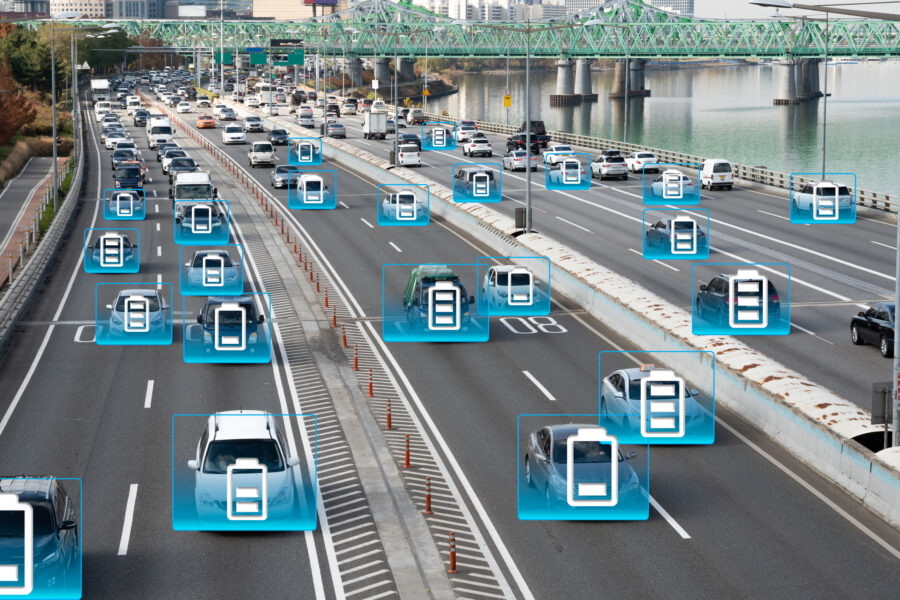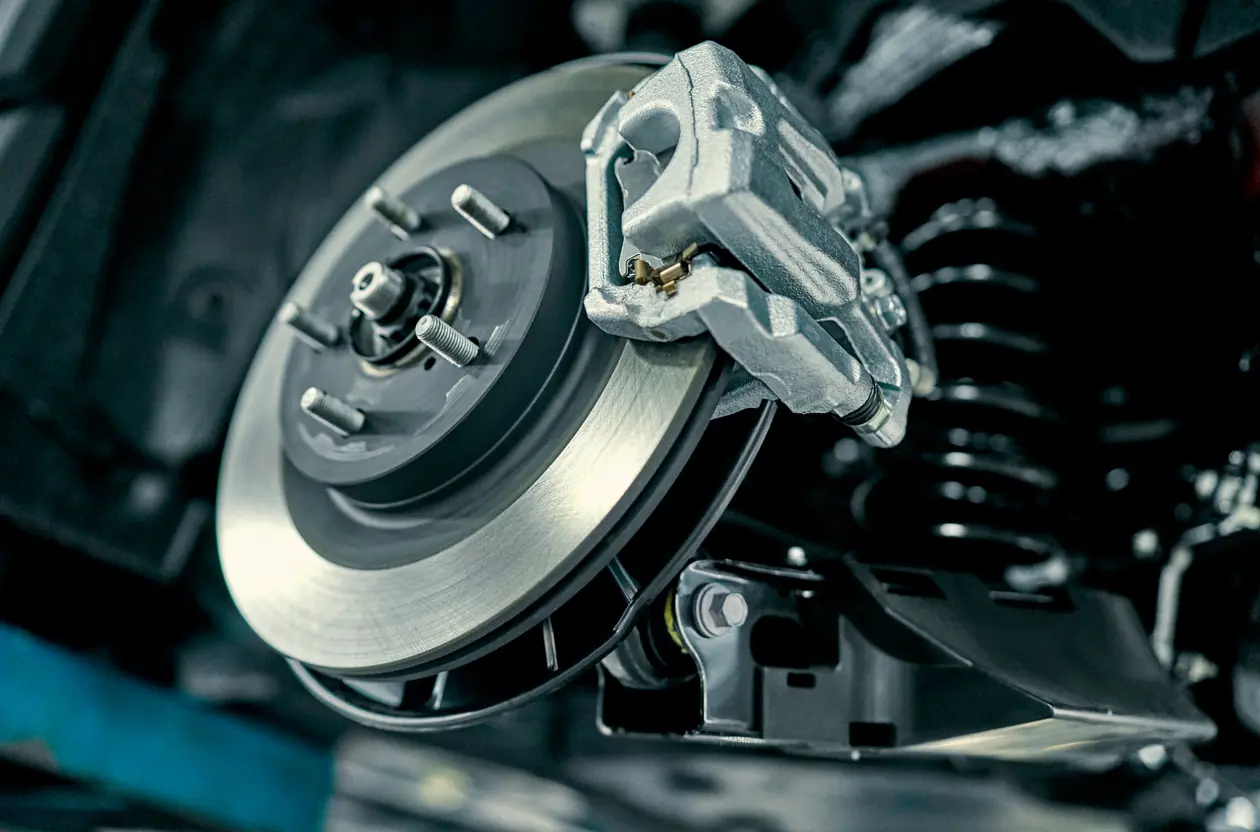Learn about the major problems faced by electric vehicles, their charging issues, and their maintenance.


Our automotive engineering experts share their insights into the challenges of electric vehicle design and development...

The future has arrived, and most of us are eagerly rushing to be a part of it! When Maini introduced the Reva in India in 2001...

It's difficult to find out the exact genealogy of EV. It was a series of breakthroughs from the battery to the electric motor which ended in the 1800s...
The Dark Truth About Electric Cars . EVs are undoubtedly the best solution to the environmental issues we face. Along with lowering our carbon footprint, cars like Tesla and Lucid Air provide the best in battery, specs, and luxury. But the EV industry is not without its problems!
Common issues faced by electric vehicle owners, including charging problems, battery maintenance, and more.
Electric vehicles have a limited range, which can cause anxiety for drivers who are worried about running out of charge before reaching their destination.
There are currently fewer charging stations available compared to traditional gas stations, which can make it difficult for drivers to find a place to charge their electric vehicles.
Charging an electric vehicle can take significantly longer than filling up a gas tank, which can be inconvenient for drivers who are in a hurry.
Over time, the battery in an electric vehicle may lose its capacity to hold a charge, which can reduce the range of the vehicle.
Electric vehicles can be more expensive to purchase than traditional gasoline-powered vehicles, which may make them less accessible to some consumers..
While electric vehicles may require less maintenance overall, the cost of repairing or replacing components can be higher due to the specialized nature of electric vehicle technology.
Electric vehicles can experience reduced range and performance in cold weather conditions, which may be a concern for drivers in colder climates.
Some electric vehicles may be larger or heavier than traditional vehicles, which can make them more difficult to maneuver in certain situations.
There may be fewer electric vehicle models available compared to traditional gasoline-powered vehicles, which can limit consumer choice.
Understanding the challenges of charging electric vehicles and their impact on their usage and maintenance.

It can take anywhere from 30 minutes to several hours to charge an electric vehicle, depending on the charging method and the vehicle's battery size. Fast charging stations can provide up to 80% charge in as little as 30 minutes, while Level 1 charging can take up to 12 hours.
Electric vehicle owners can find charging stations at public places like shopping malls, parking lots, and rest areas, as well as at home using a Level 2 or Level 3 charger. Charging station maps and apps can help locate the nearest charging station.
The cost to charge an electric vehicle varies depending on the location, the type of charging station, and the electricity rate. On average, it costs about $0.12 per kilowatt-hour to charge an electric vehicle, which is less than the cost of gasoline for a comparable vehicle.
There are three main charging speeds available: Level 1, Level 2, and Level 3 (also known as DC fast charging). Level 1 chargers provide about 4-5 miles of range per hour, while Level 2 chargers provide about 15-30 miles of range per hour. DC fast charging can provide up to 80% charge in as little as 30 minutes, but not all vehicles are equipped to handle this charging speed.
Not all electric vehicles are able to use all types of charging stations. For example, some vehicles can only handle Level 1 or Level 2 charging, while others can handle Level 3 DC fast charging. It's important to check your vehicle's charging capabilities and the compatibility of the charging station before attempting to charge.
Over time, the capacity of an electric vehicle's battery can decrease due to a number of factors including usage, temperature, and age. Battery degradation can result in reduced range and increased charging times, which can be costly for the owner. It is important to consider the battery warranty and maintenance recommendations when purchasing an electric vehicle.
Ensuring the proper maintenance of electric vehicles is essential for their optimal performance and longevity. Here are some key factors to consider for maintaining electric vehicles..
Charge your battery regularly and avoid letting it run out completely.
Keep your battery clean and dry.
Check your battery water levels regularly and top up as necessary.
Have your battery inspected and serviced by a qualified technician regularly.
Monitor your battery's health and performance regularly to prevent major problems.

Check your tire pressure regularly and inflate to the recommended level.
Rotate your tires regularly to ensure even wear and extend their lifespan.
Have your tires inspected by a qualified technician regularly to identify any issues early.
Replace your tires when necessary to ensure your safety on the road.
Consider using tires specifically designed for electric vehicles, which can improve efficiency and performance.

Check your brake pads regularly and replace them when they are worn to ensure your safety on the road.
Have your brakes inspected by a qualified technician regularly to identify any potential issues early.
Check your brake fluid level regularly and top up as necessary.
Have your brake system flushed and replaced with new fluid as recommended by the manufacturer or a qualified technician.
Avoid excessive braking and rapid acceleration to extend the lifespan of your brake pads and improve efficiency.

Meet the talented and passionate people behind us.
"Excellence in action"